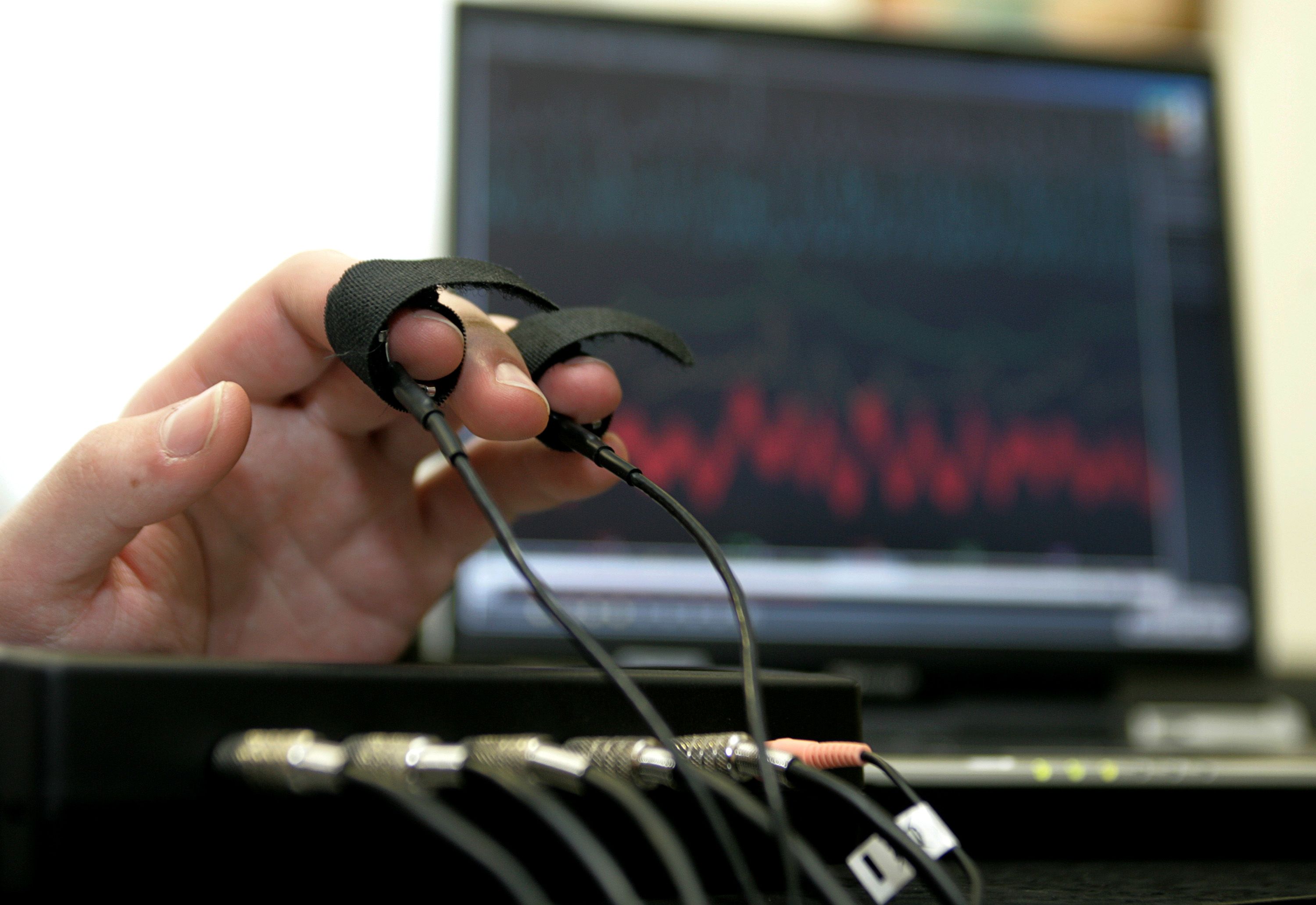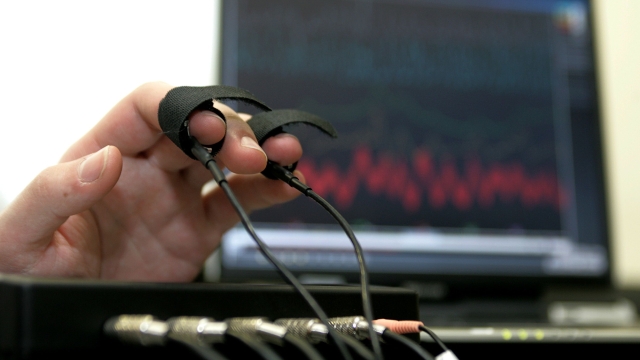
Welcome to a revealing journey into the realm of lie detector tests – a tool that has long captivated our fascination with truth and deception. Have you ever wondered about the intricate mechanisms behind this psychophysiological interrogation method? The polygraph machine, commonly associated with lie detector tests, is designed to monitor physiological indicators like heart rate, blood pressure, respiration, and skin conductivity, all of which may fluctuate under stress when a person is being deceptive. The underlying principle of detecting lies by measuring these physiological responses forms the basis of how a lie detector test operates.
History of Lie Detector Tests
Lie detector tests, also known as polygraph tests, have a complex history filled with both controversy and intrigue. Developed in the early 20th century, these tests were initially based on the theory that changes in physiological responses such as heart rate, blood pressure, and skin conductivity could indicate deception. While the first polygraph machine was created in the 1920s, it wasn’t until the mid-20th century that the use of lie detector tests became more widespread in certain industries and government agencies.
Despite their popularity, lie detector tests have faced criticism for their accuracy and validity. Over the years, various studies have questioned the reliability of the results obtained from polygraph exams. While proponents argue that these tests can detect deception with a high degree of accuracy, skeptics point to instances where both innocent individuals and guilty parties have been misled by the results. This ongoing debate has led to the use of lie detector tests being restricted in some legal contexts and countries.
In recent years, advancements in technology have led to the development of computerized polygraph tests, which claim to provide more accurate and objective results compared to traditional lie detector tests. However, controversy surrounding the use of polygraphs remains, with critics highlighting the potential for manipulation and false positives. As research continues to explore the effectiveness of lie detector tests, their place in modern society continues to be a topic of debate.
How Lie Detector Tests Work
Lie detector tests, also known as polygraph tests, operate on the principle that physiological responses can indicate deception. During a test, sensors attached to the individual measure changes in parameters such as heart rate, blood pressure, and perspiration. These sensors are crucial in monitoring the body’s involuntary reactions, which are believed to differ when a person is being deceptive.
The polygraph examiner interprets the data gathered from the sensors to identify patterns that may suggest dishonesty. The examiner looks for significant fluctuations in the monitored parameters that could indicate stress or anxiety, typically associated with lying. While the accuracy of lie detector tests has been the subject of debate, examiners rely on their expertise to analyze the physiological responses and determine the likelihood of deception.
Lie detector exam
Despite their name, lie detector tests do not provide definitive proof of lying. Instead, they are meant to assist in uncovering inconsistencies and prompting further investigation. The results of a polygraph test are considered alongside other evidence in evaluating the credibility of an individual’s statements. It is important to understand the limitations of lie detector tests and approach their results with caution.
Accuracy and Controversies
Lie detector tests have long been touted as an accurate method for uncovering deception. However, critics argue that the reliability of these tests is questionable. The accuracy of lie detector tests can be influenced by various factors, such as the individual’s emotional state and the skills of the examiner.
Controversies surrounding lie detector tests involve concerns about their validity as a foolproof method for detecting lies. Some studies have shown that individuals can manipulate their physiological responses during the test, casting doubt on the test’s credibility. Additionally, the interpretation of test results can be subjective, leading to potential errors in determining truthfulness.
While lie detector tests can be a useful tool in certain situations, such as in pre-employment screenings or criminal investigations, their limitations must be considered. It is important to approach the results of these tests with caution and not rely solely on them to determine the truth.



